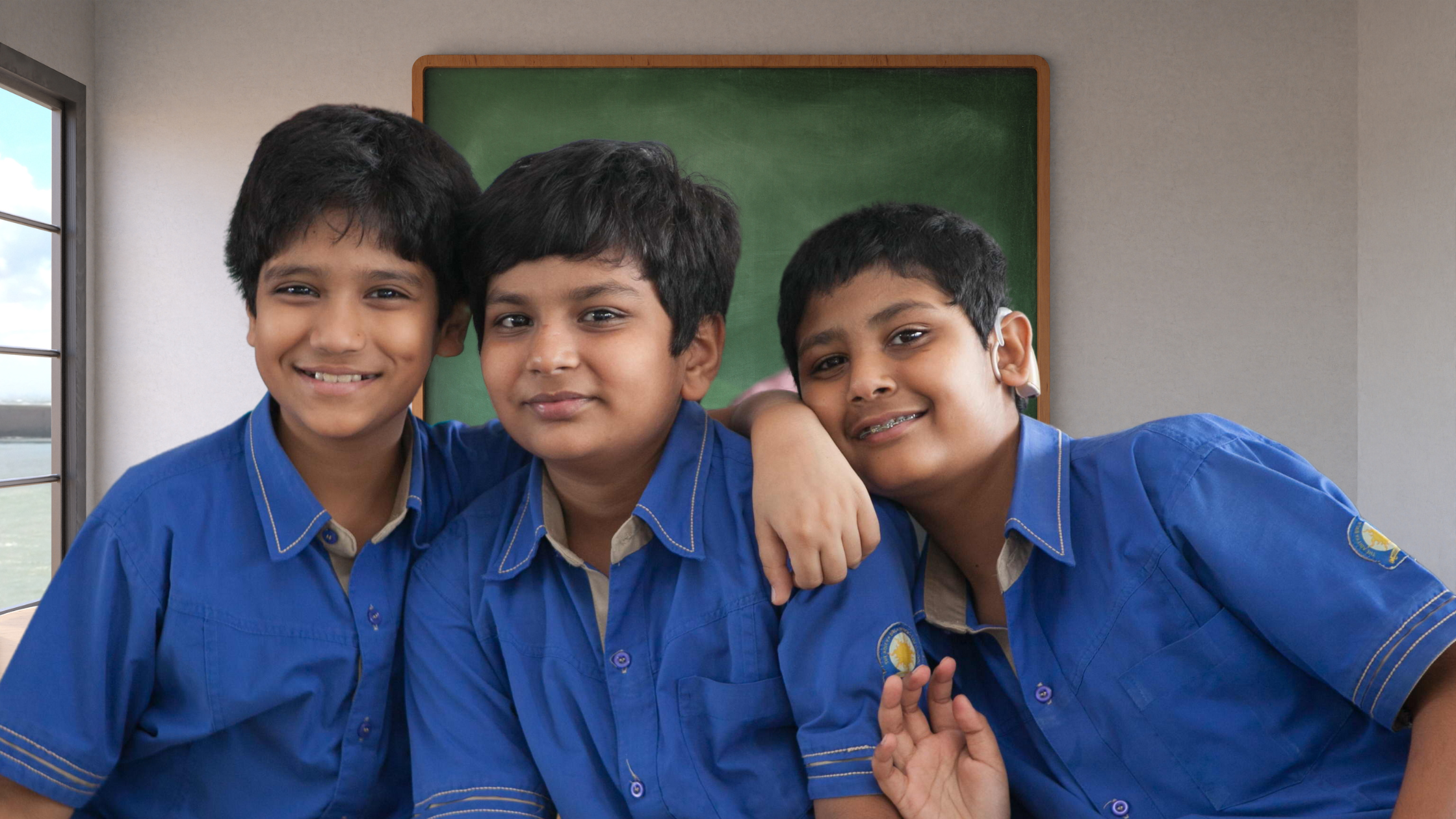

Building positive peer relationships in special education classrooms is important for promoting inclusive, supportive, and enhancing learning.
Some strategies and activities that we as teachers can adopt in our classrooms are-
Children learn and do what we show them and not as much as we say.
Role-playing helps our students understand a lot of skills. Teaching them skills such as sharing, turn-taking, and using an emotions chart with visuals helps them to express their feeling.
This has to be done in a structured and planned way for the students to be able to grasp and learn the concepts that are being taught.
Social stories have proved to enhance and teach students appropriate behaviours and teach them how to cope in social situations.
If we as teachers of special children teach in a special school, we should have a file of these social stories in each class because they are extremely simple to understand and provide a great visual aid to the students.
Pairing students with peers who can provide support proves to be very positive in the classrooms. The buddy provides and encourages the student who he is paired up to become independent and confident in skills necessary in the classroom.
The buddy can help the student with academic and social skills. Sometimes, it may be felt that the student may be dependent on the buddy. However, the buddy needs to be sensitized and made aware of his role and the amount of involvement he should have.
We should encourage our students by giving them assignments, projects, problem-solving tasks, and art assignments that require not only thinking out of the box but also motivate them to participate and work actively in a team. This will only enhance positive peer relationships.
In our classrooms, we can put up visual reinforcement charts for each of the students to record their achievements and reinforce them for the same either by putting a star across their name or writing a special note in their diary. I write ‘superhero notes’ either on a post-it or in their diary to celebrate their successes and achievements of day-to-day tasks.
A good reward system and a visually present and pleasant one always cheer up and motivate the student to complete his tasks. It not only cheers the students but also boosts their self-confidence of being able to achieve a target in class.
Teaching our students from a young age about different cultures, about different experiences will help the students understand the different backgrounds their classmates and friends come from. It will create a sense of mutual respect and admiration among them which in turn will have a great positive impact on their relationship as peers
The teacher could have all the students get something that is special to their culture. For example- Food, dress, language and give them a chance to present it to their peers and share their knowledge about it by speaking a few lines.
Students getting to know each other and maintaining a positive peer relationship in the classroom is very important and it should be facilitated by us as teachers through activities which will help them bond with each other.
A ball can be thrown by the teacher to each student and the student can announce his / her name loudly to the class. After a few rounds of this, the teacher can change the course of the game and ask the students to throw the ball to each other carefully and recall each other’s names.
The teacher can keep changing the course of the game and ask the students to throw it to random people and ask a question. For example- ‘Which is your favorite colour, sport, car, etc.’
There may be students who will not be able to catch or throw the ball efficiently. At that time the teacher could assign a buddy or another teacher would assist the student in doing the same.
A large chart paper, vibrant colour paints, and a sketch pen is all that is needed for this activity to help build peer relationships.
The teacher who is the facilitator here will instruct the student to dip his thumb in the colour of his choice and print it on the chart paper provided. This will be repeated with all the students. Once this is done the teacher writes the name of the student on their thumbprint. Even their birthdays can be written. The students can also be instructed to write their own names or the names of their classmates too.
This is a great group activity. The teacher can present the children with puzzles and instruct them to solve them in a time frame. This teaches students teamwork, patience, confidence, and time management. They help each other and create great bonds among each other.
There are millions of strategies and activities that can build positive peer relationships in a classroom. These are just a few of them.
Teachers all around who work at special schools are extremely creative and come up with innovative ideas to build these bonds as we know how important s for special children to have great peer relationships.
A number of special schools in Mumbai are now working towards bringing out the best in the students and the best friendships and bonds through a number of activities and strategies because we understand that academic learning is one aspect for our students. However, the skills of having positive peer relationships in class will help them understand, learn, and face situations in the future as well.